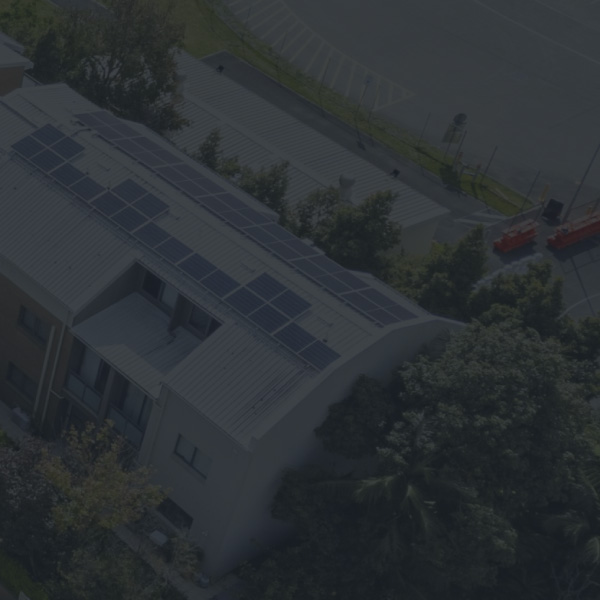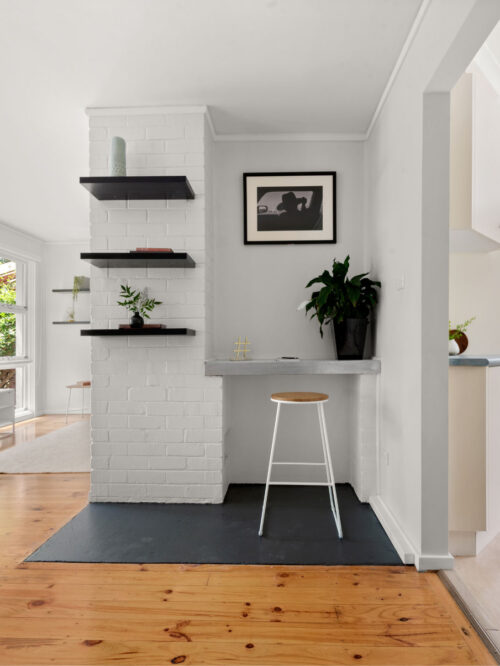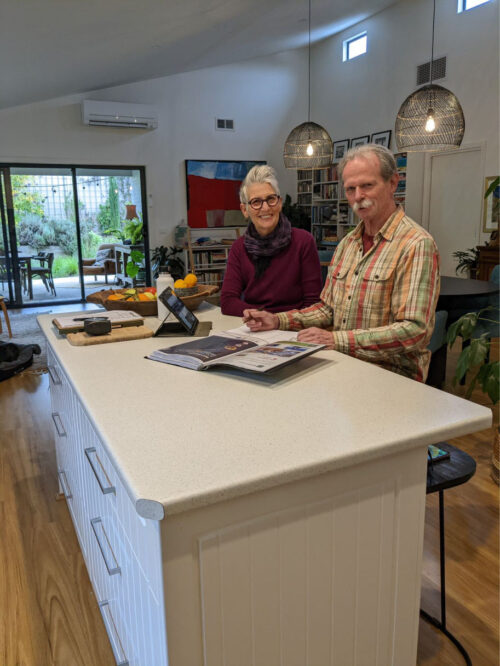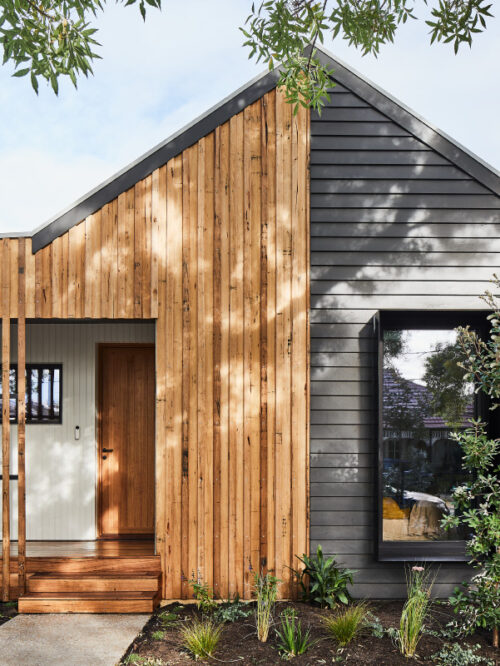CHAPTER 4: HOW TO GET OFF GAS
Apartments, strata and body corporates
Households living in apartments and strata units can sometimes face additional barriers to getting off gas. Requirements and available options can vary depending on the density, design and strata arrangements of the building or development.
What can residents do?
Residents or apartment owners generally have control over and responsibility for the apartment’s appliances, including the installation of efficient electric heating, cooking or hot water systems. There may be limitations in circumstances where shared facilities are installed in high-rise apartment buildings – for example a centralised hot water system.
You may need approval from your owners corporation for any visible amendments (such as external components of heating or hot water systems). As noted in the Unlocking Sustainable Strata guide, this should not be a barrier for Victorian households as the Victorian Owners Corporation Act states that: “An owners corporation must not make rules that unreasonably prohibit the installation of sustainability items on the exterior of a lot”.
Apartment residents can also take other energy measures such as improving energy efficiency, changing energy use, or purchasing GreenPower if your building does not have an embedded network.
Businesses such as Wattblock in NSW are undertaking a series of programs and trials across Sydney that is helping further opportunities for other strata developments. They have compiled an extensive playlist of videos on their Youtube page that discuss all aspects of electrifying strata and moving forward with larger project developments that are not connected to gas.
What can the body corporate do?
The body corporate is responsible for energy use in shared spaces, including heating and cooling systems. A body corporate is also responsible where a building has a centralised hot water system, and a body corporate decision is required if seeking to replace a centralised gas hot water system with a heat pump or other system.
Electric vehicle charging availability may be a barrier in some apartments with shared car parking. The 2022 National Construction Code requires electrical capacity and distribution boards to be installed to provide a certain amount of daily energy to every parking space in class 2 apartment buildings. Older buildings may require modifications or increased provision of charging spots. Many EV charging businesses are gaining experience in deploying charging in apartment buildings. The consensus approach seems to be to install a common “spine” of wiring (with those costs shared between all unit owners), allowing apartment owners to connect to the spine at a time of their choosing, and for the system to be load balanced to manage the available connection to the electricity network.

At Stucco Apartments, a student housing cooperative in Sydney, residents successfully retrofitted an embedded network with solar and batteries to provide locally generated solar electricity to all apartments.
Putting on Solar
Shared roof space can make solar more difficult or result in less roof space per apartment in higher density buildings. In some cases (particularly for high-density or high-rise buildings), limited roof space may make rooftop solar impractical compared to offsite community solar or storage.
In other cases, some options are available. Solar splitter systems from providers such as Allume allow for individual apartments to share solar. Solar can be installed by the body corporate for energy use in shared spaces, typically reducing shared energy usage and therefore body corporate expenses. Embedded networks were previously an arrangement that may have allowed for shared solar in some circumstances, however Victoria implemented a ban on embedded networks due to adverse consumer impacts in 2022.
Owners of townhouses or units in single-story strata buildings may be able to install rooftop solar for an individual dwelling, however strata arrangements may vary.
Disconnecting from gas
Unlike detached houses, apartments and strata dwellings may have shared onsite gas infrastructure. Full abolishment and removal of pipes is unlikely to be an option for disconnection, unless done by the body corporate for all dwellings and common areas. Talk to your retailer about steps needed to close your account.











